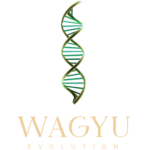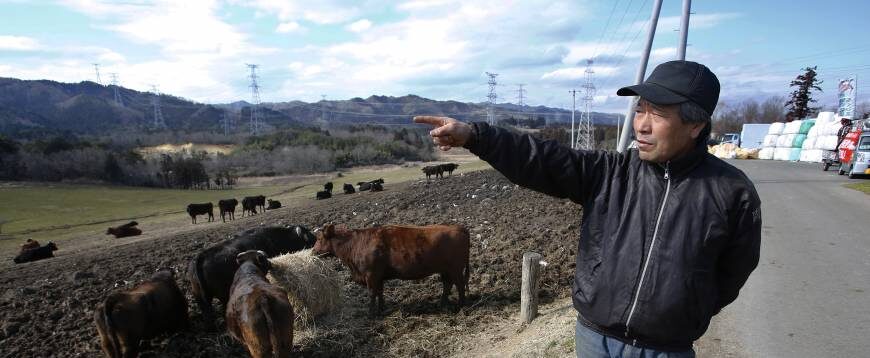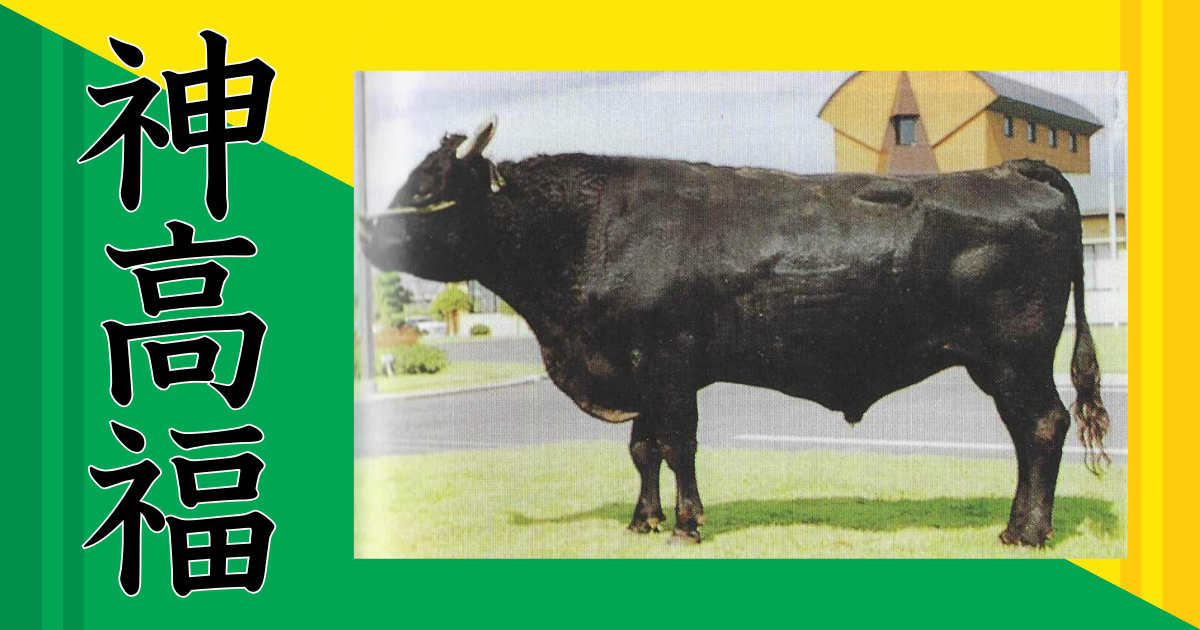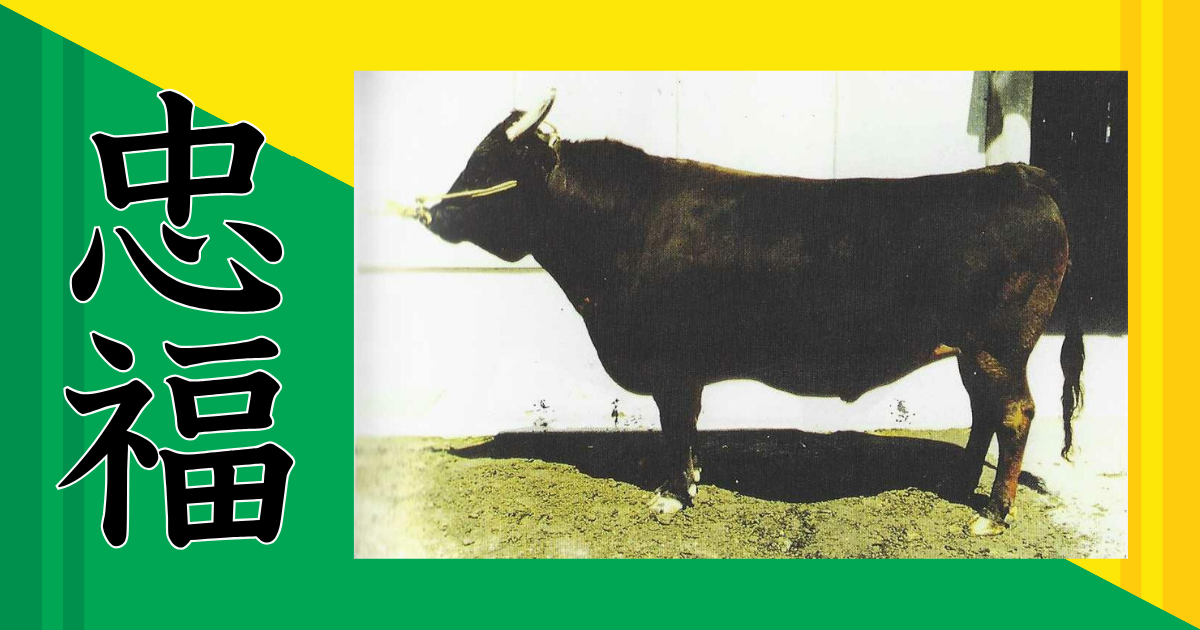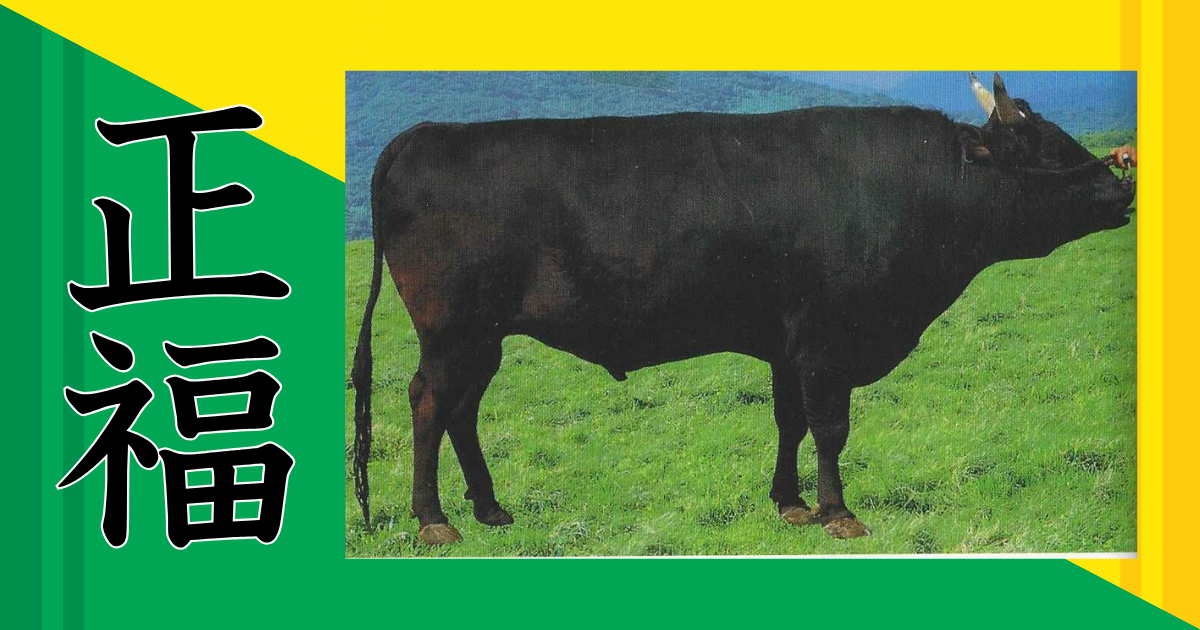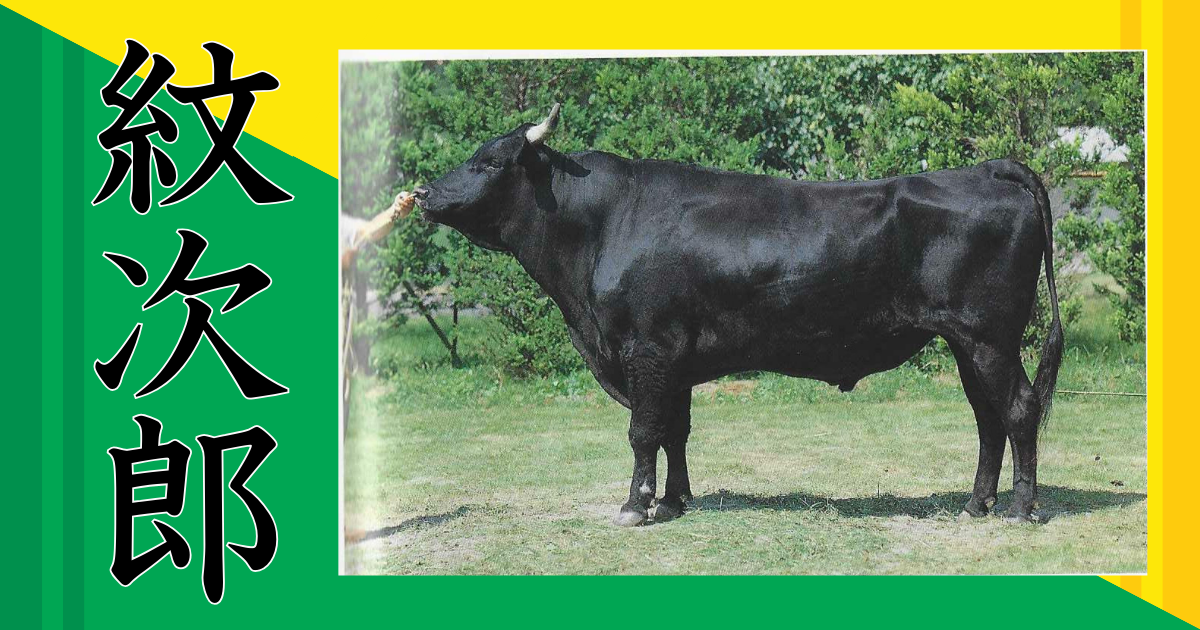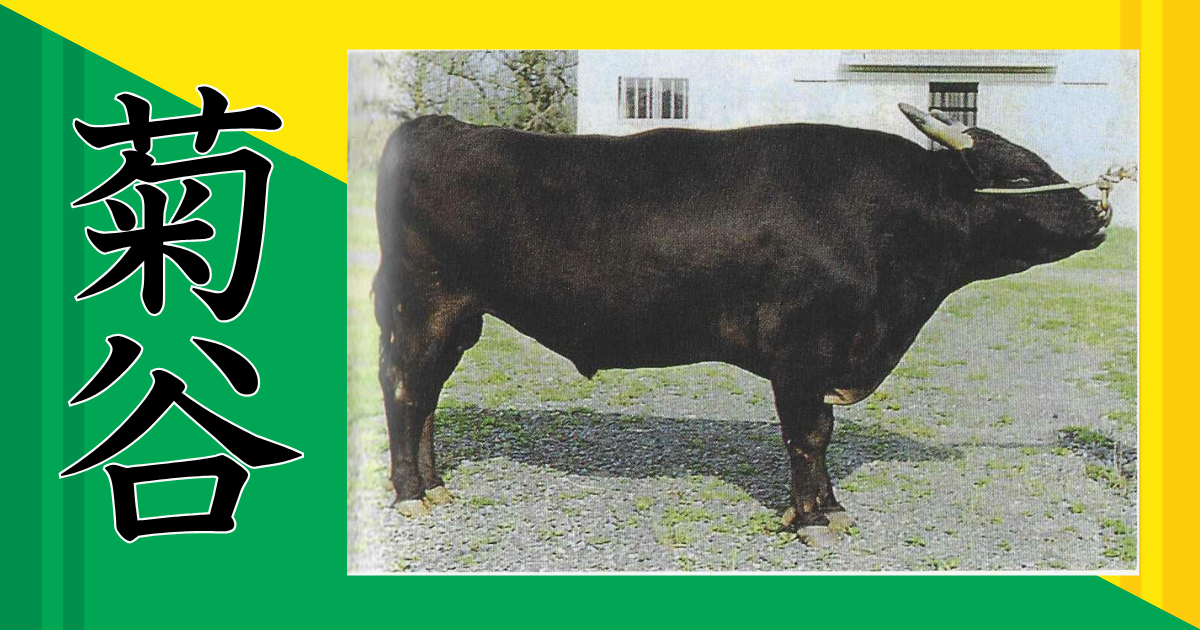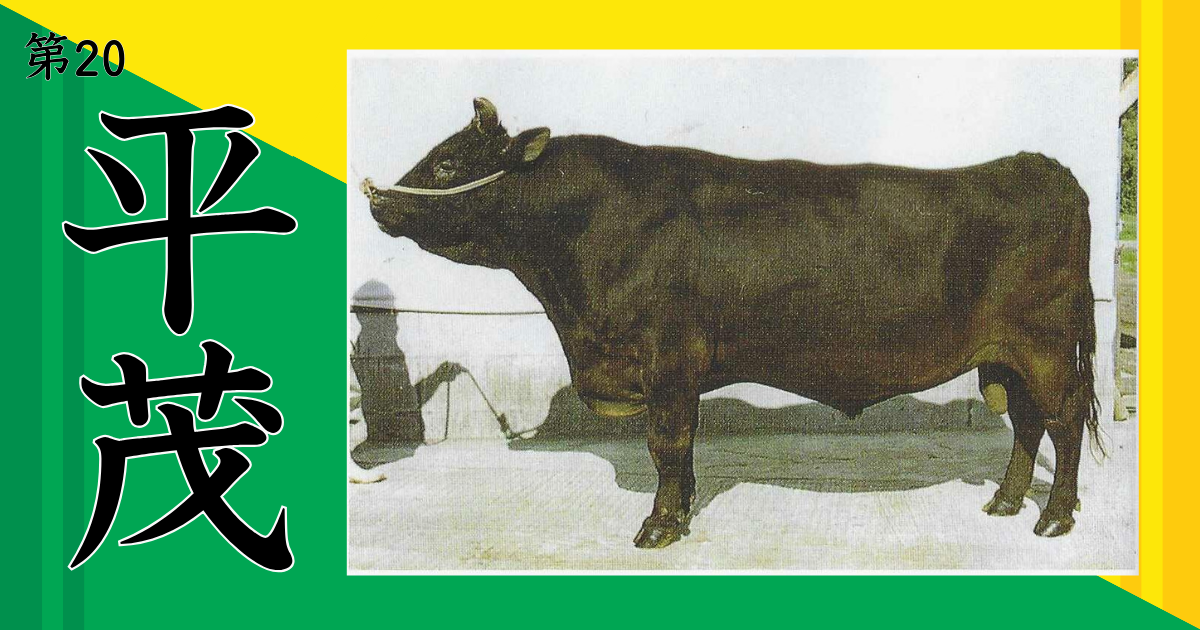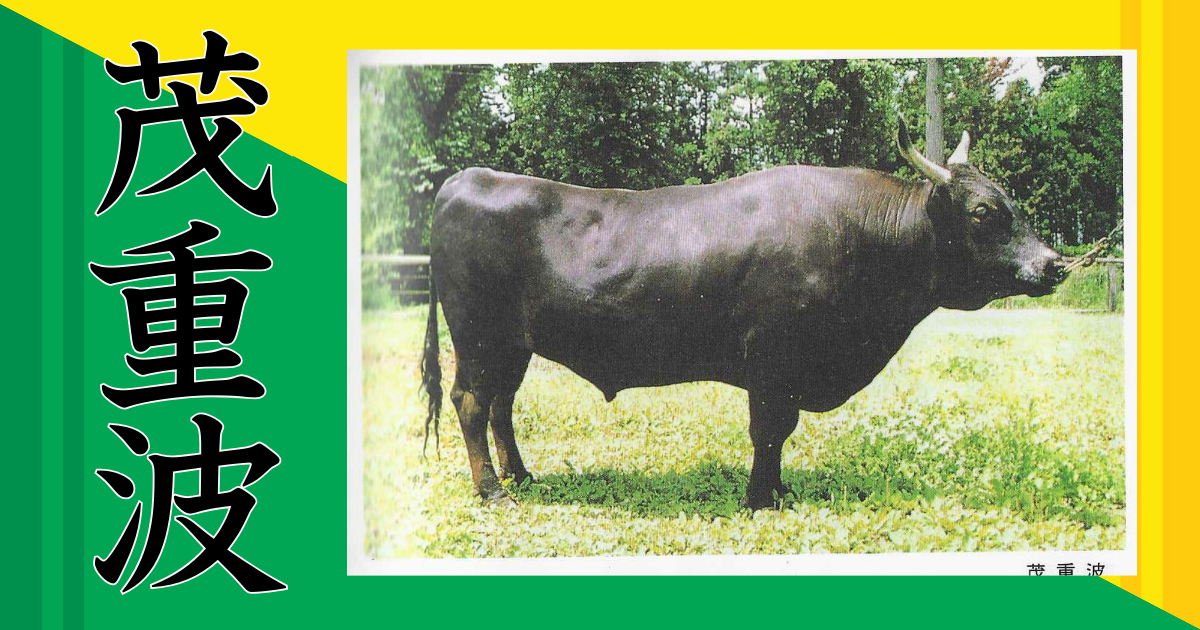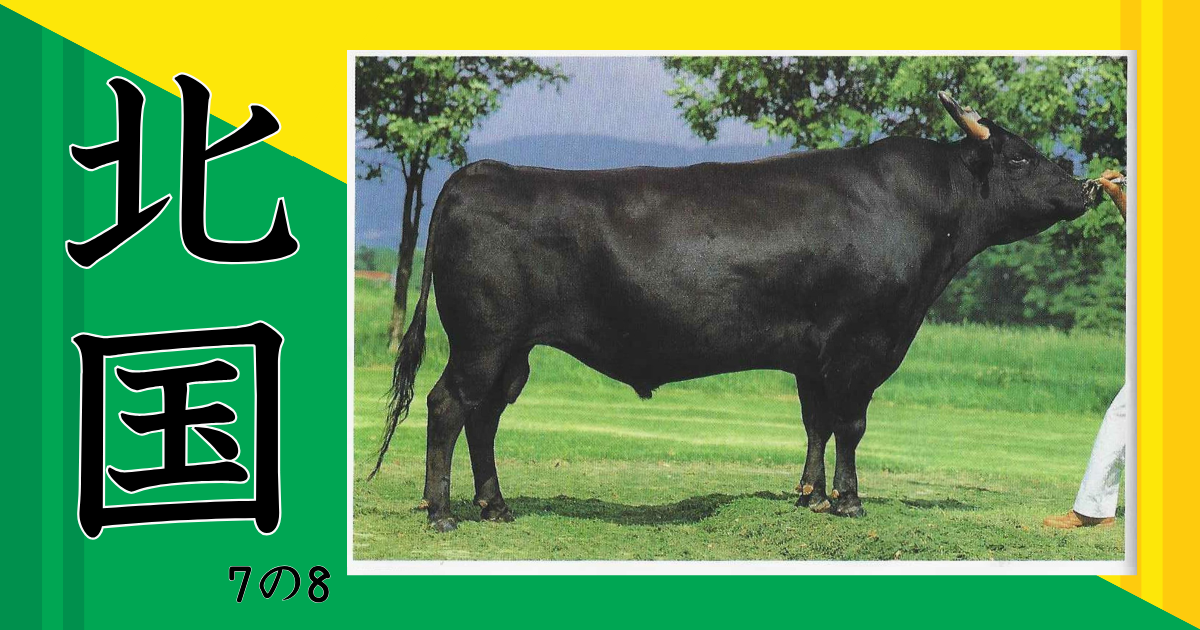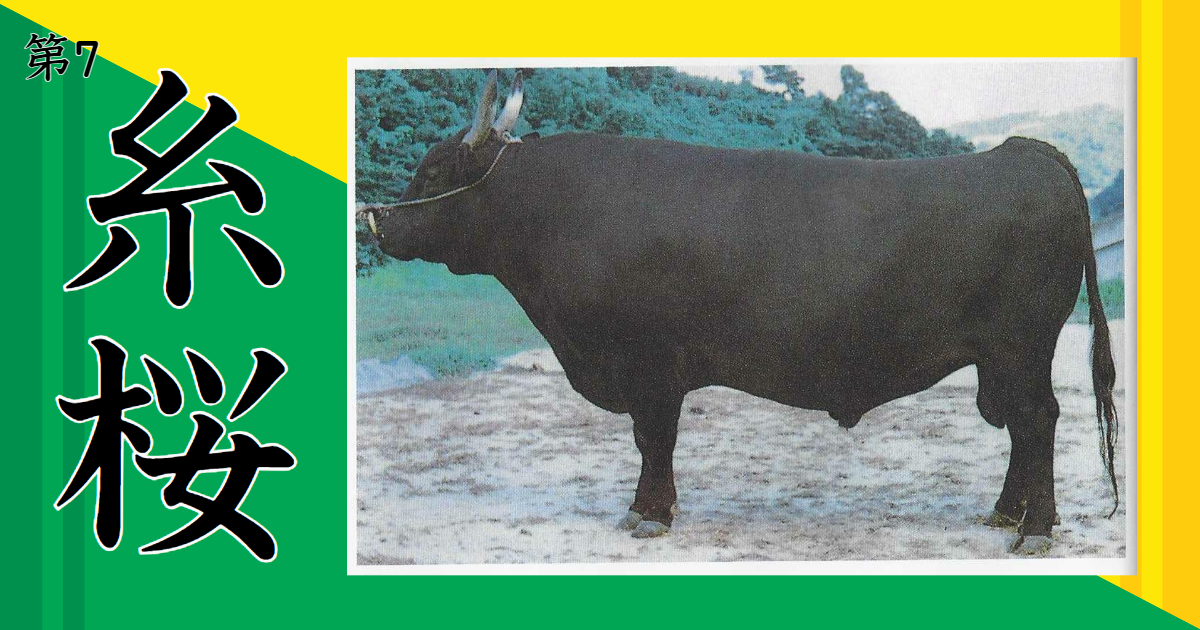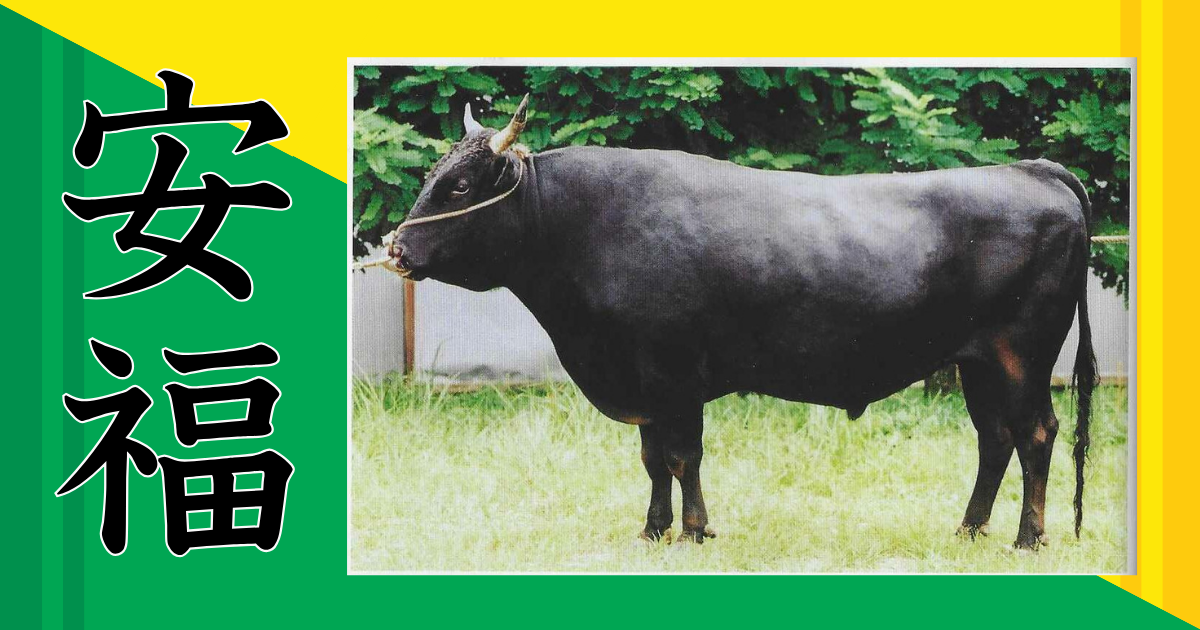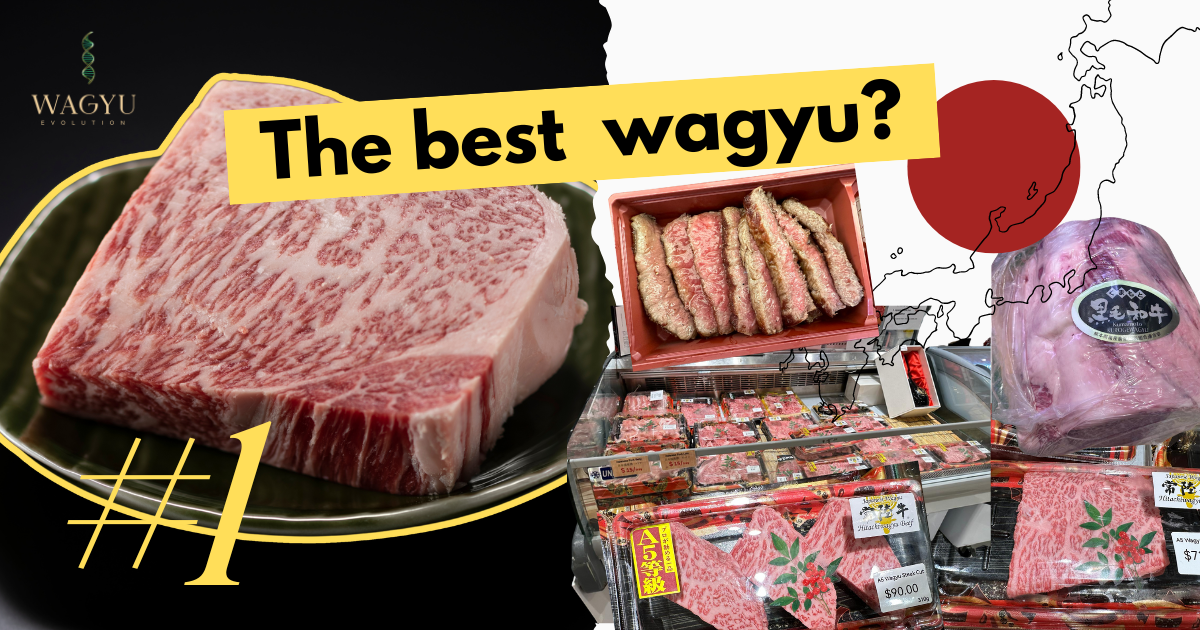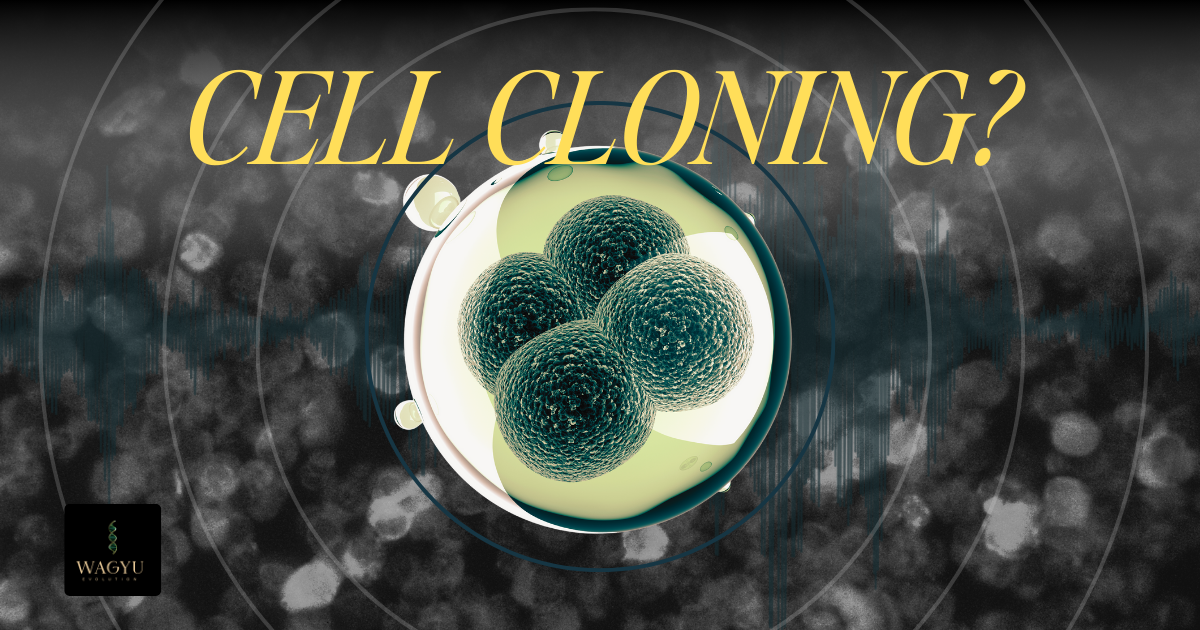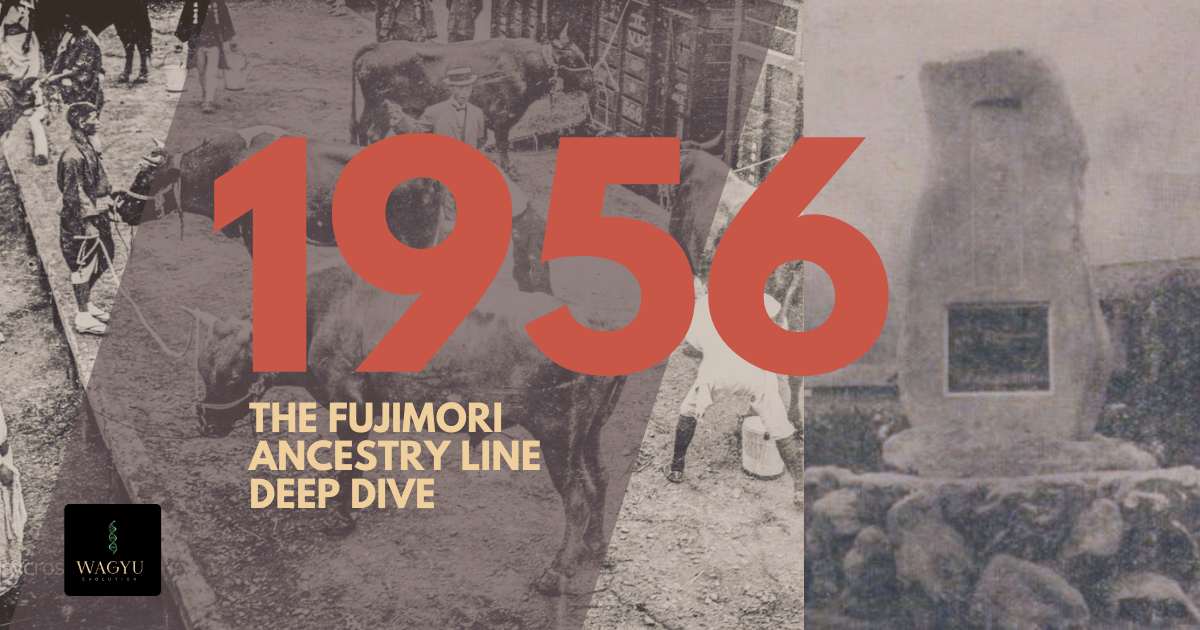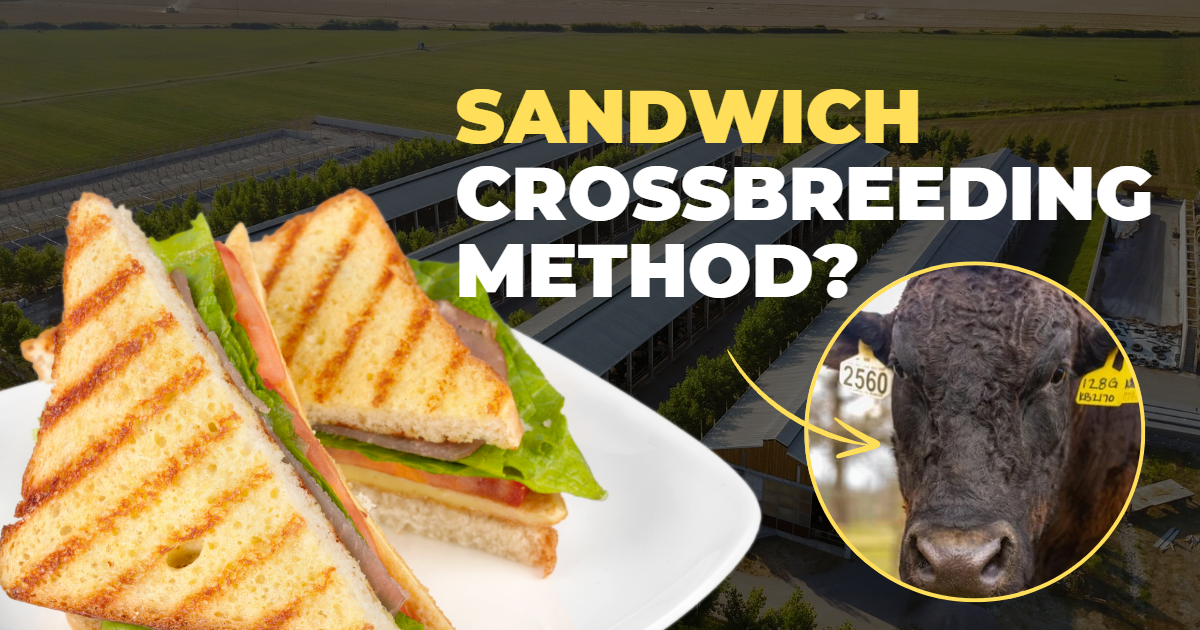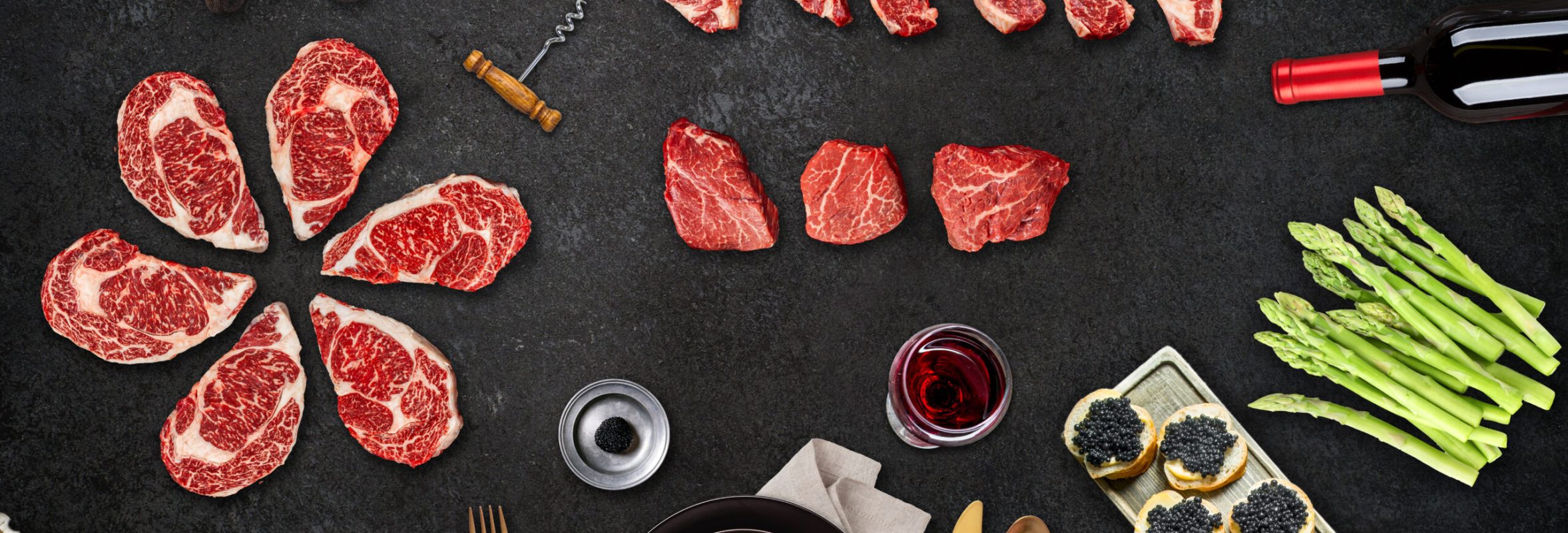
Our Blogs
Breeding Tips for the Yasufuku Lineage by Kenichi Ono Yasufuku Jr. and Takazakura are two exceptional foundation bulls each carrying forward a legacy of elite marbling, tenderness, and overall carcass quality. Their lineage traces back to Yasufuku, one of the…
Kamitakafuku: The Representative Offspring of Tadafuku Table of Contents * Note: This is not a direct translation of Kenichi Ono's "Top 100 Famous Beef of Japan [Revised Edition]" but a summary that was written using it as a direct source.…
Tadafuku is one of the representative bulls of the Kagoshima Prefecture which has the highest number of Black Wagyu cattle in Japan and ranks first nationwide in the number of stud bulls in use. He was also widely used for breeding throughout the entire prefecture, contributing to the golden age of Kagoshima Wagyu from the late 1970s through around 1990.
Shofuku: The Bull that Most Exemplifies the Hyogo Lineage Table of Contents * Note: This is not a direct translation of Kenichi Ono's "Top 100 Famous Beef of Japan [Revised Edition]" but a summary that was written using it as…
Monjiro: The Elite Hyogo Bull Table of Contents * Note: This is not a direct translation of Kenichi Ono's "Top 100 Famous Beef of Japan [Revised Edition]" but a summary that was written using it as a direct source. Figure…
Kikutani: The Pride of Iwate Prefecture Table of Contents * Note: This is not a direct translation of Kenichi Ono's "Top 100 Famous Beef of Japan [Revised Edition]" but a summary that was written using it as a direct source.…
No.20 Hirashige: A Representative Bull of Tottori Table of Contents * Note: This is not a direct translation of Kenichi Ono's "Top 100 Famous Beef of Japan [Revised Edition]" but a summary that was written using it as a direct…
Shigeshigenami: The Representative Bull of Premium Wagyu Table of Contents * Note: This is not a direct translation of Kenichi Ono's "Top 100 Famous Beef of Japan [Revised Edition]" but a summary that was written using it as a direct…
Kitaguni 7 No.8: One Of Japan's Most Fertile Bull Table of Contents * Note: This is not a direct translation of Kenichi Ono's "Top 100 Famous Beef of Japan [Revised Edition]" but a summary that was written using it as…
Dai 7 Itozakura: The Premiere Growth Bull Table of Contents * Note: This is not a direct translation of Kenichi Ono's "Top 100 Famous Beef of Japan [Revised Edition]" but a summary that was written using it as a direct…
Yasufuku: A Paragon Of Wagyu Excellence Table of Contents * Note: This is not a direct translation of Kenichi Ono's "Top 100 Famous Beef of Japan [Revised Edition]" but a summary that was written using it as a direct source.…
What Is The Best Wagyu Beef Brand In Japan? Table of Contents The 'Three Major Wagyu Beef' describes Japan's top three best Wagyu beef brands. The first two brands that usually come to mind when one hears “the best brand of…
The Revival Of A Legend Table of Contents Cloning in the context of livestock can be done in two main ways: fertilized egg cloning and somatic cell cloning. Fertilized egg cloning involves taking a fertilized egg and splitting it to create…
The Fujimori Ancestry Line Deep Dive Table of Contents Historically, Wagyu cattle were used as working animals and were selectively bred in the Chugoku region for superior working traits. By the late Edo period, the most exceptional lineages were called…
Sandwich Crossbreeding and Five Way Crossbreeding Table of Contents Sandwich Crossbreeding is a method of crossbreeding Japanese Black cattle (Kuroge Washu) proposed by Miyagi Prefecture veterinarian Shoichi Miyashita. This method divides breeding bulls into two categories: volume type, which promotes…
